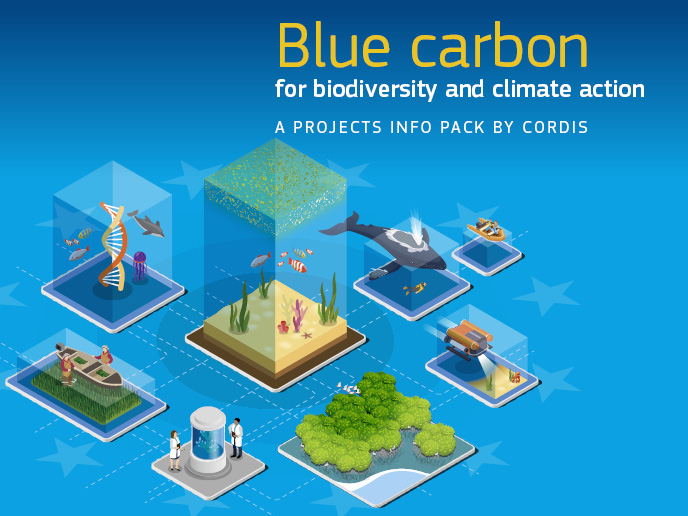The life history puzzle of body size and temperature
As body size affects all aspects of life history – including fecundity and lifespan – variables that affect growth are key to interaction of an organism with its environment. Paradoxically, effects of temperature have given rise to the temperature size rule (TSR), whereby despite higher temperatures resulting in faster growth rate, animals achieve a smaller final size. To investigate the factors in play in the TSR, the SCOPE project looked specifically at the effects of temperature and oxygen on metabolism, growth and survival of aquatic ectotherms. SCOPE researchers grew animals in a range of temperature and oxygen levels and found that a classic TSR was only observed under conditions where oxygen was limiting. The results have been published in the Journal of Thermal Biology(opens in new window) and explained in an animation(opens in new window). To delve deeper into the physiology behind this phenomenon, another experiment looked at the freshwater snail L. stagnalis that lives in still water. Acute heat over several hours had minor effects on survival of the mollusc, suggesting that low oxygen conditions may have greater consequences in the long term. Testing this hypothesis, SCOPE analysed data from over 2 600 sites on mayflies, where they assessed nonlethal impacts on mayfly field occurrence of water temperature and biochemical oxygen demand. In the lab, they determined lethal effects at three oxygen levels. The results have been published in Global Change Biology(opens in new window). Data from both field and lab indicates that oxygen limitation not only impairs survival at thermal extremes but also restricts species in the field at temperatures well below upper lethal limits. In parallel, data on 58 different species show consistent differences in their sensitivity to the interacting effects of low oxygen and heat that are related to their respiratory adaptations and their habitat use. These results are especially significant in that they can be extrapolated to explain the vulnerability of other groups where data is limited or unavailable. Unravelling the mechanistic basis of thermal responses to oxygen limitation will have far reaching consequences for policymakers for determining the best way to respond to the problem of global warming, showing that improving water oxygenation and reducing pollution could help mitigate the effects of climate change.







